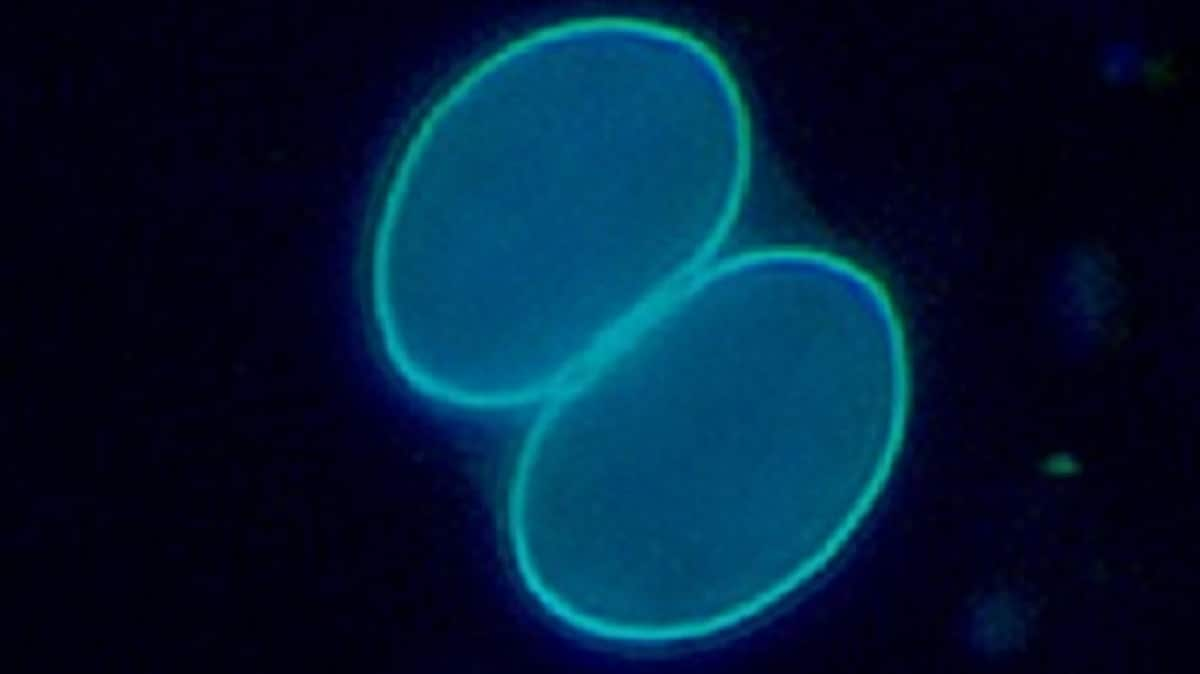Key points
- Sarcocystosis is a disease caused by the parasite Sarcocystis.
- A parasite is an organism (a living thing) that lives on or inside another organism.
- Sarcocystosis occurs in tropical or subtropical areas.
- The disease usually affects animals, but humans can get two types of sarcocystosis.
More Information

Overview
Sarcocystosis is a parasitic disease caused by the parasite Sarcocystis. There are different species of Sarcocystis.
Although sarcocystosis usually affects animals, there are two types that affect humans:
- Intestinal type (caused by S. hominis and S. suihominis)
- Muscular type (caused by animal Sarcocystis species)
Resource
Signs and symptoms
Signs and symptoms differ based on the type of sarcocystosis. Most people infected with Sarcocystis do not have symptoms. Symptoms can include one or more of the following based on the type of sarcocystosis:
Intestinal type:
- Diarrhea
- Mild fever
- Vomiting
Muscular type:
- Muscle pain
- Edema (swelling from too much fluid in the body's tissue. Tissue are parts of the body underneath the skin).
- Fever
At-risk populations
Sarcocystosis occurs in tropical and subtropical regions. Muscular sarcocystosis occurs most often in countries in Southeast Asia.
Causes
People can get infected in different ways based on the type of sarcocystosis.
- In the intestinal type, people get infected by eating undercooked meat containing the parasite.
- In the muscular type, eating food or water contaminated with the parasite is a risk factor. An animal will defecate (poop) a form of the parasite out, which can then contaminate food or water that people may drink.
Prevention
Take precautions when consuming food and water and practice good sanitation methods while traveling to areas where sarcocystosis occurs.
Food and water precautions
Water
- Use bottled water with unbroken seals.
- Boil water for at least one minute or use filtered water.
- Water purification tablets and chlorine products may not kill Sarcocystis.
- Use safe water (sanitized water, such as bottled, boiled, or filtered water) to brush your teeth, wash and prepare food, and make ice.
- Clean areas where you prep food and kitchen items with soap and safe water. The items should be completely dry before reusing them.
- Store water in a clean, covered container.
In areas where sarcocystosis occurs, do not:
- Use piped water sources that may be contaminated.
- Drink beverages sold in cups or bags or use ice if you are not sure if the ice was made with safe water.
- Swim in fresh water that may be contaminated.
See more on Healthy Water
Using safe water is important to protect yourself from infection. Avoid the following activities due to the risk of contamination:
- Using piped water sources.
- Drinking beverages sold in cups or bags.
- Using ice if you are not sure if the ice is made from safe water.
- Swimming in fresh water.
Cooking food
- Cook all meat, including wild game meat (ground and whole cuts, excluding poultry) to 160° Fahrenheit or 71° Celsius (especially pork and beef). Use a meat thermometer to determine that the meat has reached a safe minimum internal temperature. Cook poultry – whole cuts and ground — to 165° F (74° C).
See more on Safe Food Handling
Cleanliness precautions
Handwashing
- Wash your hands with soap and safe water. If you do not have soap, use an alcohol-based (60%) hand cleaner.
- Wash your hands before you eat or prepare food, before feeding children, after using the toilet, after cleaning your child's bottom, and after taking care of someone who has diarrhea.
See more on Handwashing
Toilets
- Use toilets or other sanitation systems (e.g., chemical toilets)
- Clean toilets and surfaces contaminated with feces (poop). Use a solution of one part bleach to nine parts water.
- Do not poop near any body of water.
Household sanitation
- Clean areas where you eat or wash yourself.
- Wash yourself, your children, diapers, and clothes at least 100 feet (about 30 meters) away from drinking water sources.
Diagnosis
If you think you have sarcocystosis, see a healthcare provider.
- For intestinal sarcocystosis (S. hominis and S. suihominis), a healthcare provider can use a microscope to identify the parasites in stool (poop) specimens.
- For muscular sarcocystosis, a healthcare provider will identify parasites in tissue samples.
